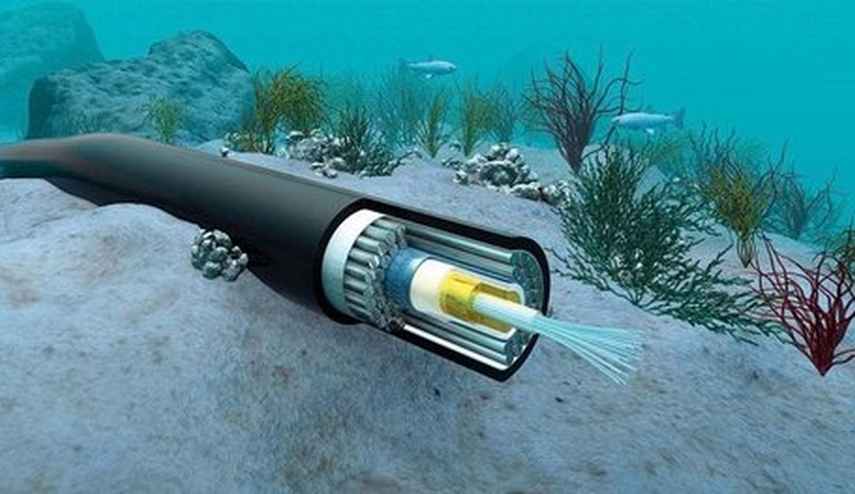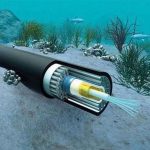The global internet is powered by vulnerable undersea cables: Could Nord Stream pipelines sabotage trigger their attack?

Nord Stream pipelines, which bring natural gas from Russia to Europe via the Baltic Sea, were hit today by suspicious leaks. Denmark and Sweden seismologists said they recorded powerful underwater explosions following the leaks
The report of the blast came after Denmark’s prime minister claimed the Nord Stream 1 and 2 pipeline leaks may have been caused by sabotage. “There is no doubt that these were explosions,” Bjorn Lund, a seismologist at Sweden’s National Seismology Centre said.
“There are two leaks on Nord Stream 1 – one in the Swedish economic zone and one in the Danish economic zone. They are very near each other,” a Swedish Maritime Administration (SMA) spokesperson told Reuters. Denmark’s Prime Minister is not alone in blaming the explosions on sabotage. Poland’s prime minister also blamed sabotage for the leaks, without citing any evidence.
The attack on the pipelines has also led many to warn about the consequences and response from Russia if it turns out the explosion was caused by a state-sponsored attack. For example, Russia could retaliate with attack on internet infrastructure including the undersea cables. The destruction of the global undersea cables will affect banks and financial institutions, and could potentially bring the whole world to a grinding halt.
The global internet depends on an undersea cable system that stretches around the globe. These undersea cables are the invisible force driving the modern internet, with funding coming from internet giants such as Google, Facebook, Microsoft, and Amazon.
Blasts occurred near Nord Stream gas leaks, seismologist tells SVT https://t.co/qf7QKTaRAT pic.twitter.com/lPM7Brt64S
— Reuters World (@ReutersWorld) September 27, 2022
The undersea cables carry a majority of all our communications and yet, most people are oblivious or barely aware that they exist. And since most of the cloud data travel over these cables, any disruption to the undersea cables may paralyze global cloud services unless safety measures are put in place by major tech giants and governments around the world.
“We hear a lot of talk about the cloud, for example, and we think of things nebulous, something in the sky, the cloud is really under the ocean,” said, Jonathan Hiembo, an expert who works for a telecom infrastructure company.
Today’s undersea cables were based on technology originally developed in 1858 when Cyrus West Field laid the first transatlantic telegraph cable. It operated for only three weeks but subsequent attempts in 1865 and 1866 were more successful. Today, there are about 380 underwater cables in operation around the world, spanning a length of over 745,645 miles (1.2 million kilometers).
According to a report by CNN, modern undersea cables are more vulnerable than ever. In 2019, Russian President Vladimir Putin flexed his military might inside a Russian Navy submersible and some are questioning if Putin is doing more than putting a show under the sea and instead planning to sabotage vital undersea cables.
In a separate report by BBC, the British media outlet questioned the motivation and the possibility of such an attack. “The question of whether Russia might undertake such an attack on sea cables is unclear, but the answer is most likely that it would if it felt it was really necessary. Russia has reportedly conducted widespread hacking and other cyber operations at home and abroad, which some reports attribute to both the Federal Security Service (FSB) and the Army Intelligence Service (GRU),” BBC said.
In February 2008, a whole swath of North Africa and the Persian Gulf suddenly went offline or saw internet speeds slow to a painful crawl. “This disruption was eventually traced to damage to three undersea cables off the Egyptian coast,” CNN said.
In July 2019, a Russian navy submarine caught fire on Monday, killing 14 sailors on board. However, two independent Russian news outlets reported that the vessel was the AS-12 “Losharik,” a nuclear-powered vessel that US officials said was designed to cut undersea cables that keep the world’s internet running. Before the incident, US officials claimed the submarine was designed to tamper with undersea cables and accused Russia of seeking to intercept or disrupt communications.
Also in 2015, CNN reported that US intelligence officials, using underwater sensors, spotted Russian submarines near key communications cables, along with a spy ship believed to carry small underwater vehicles designed to sever or damage cables.
“It is likely that Russian auxiliary vessels, including teleoperated or autonomous undersea craft, are equipped to be able to manipulate objects on the seafloor and may also carry sensitive communications intercept equipment in order to tap undersea cables or otherwise destroy or exploit seafloor infrastructure,” CNN said citing a 2016 report written by authors from Center for Strategic and International Studies.

